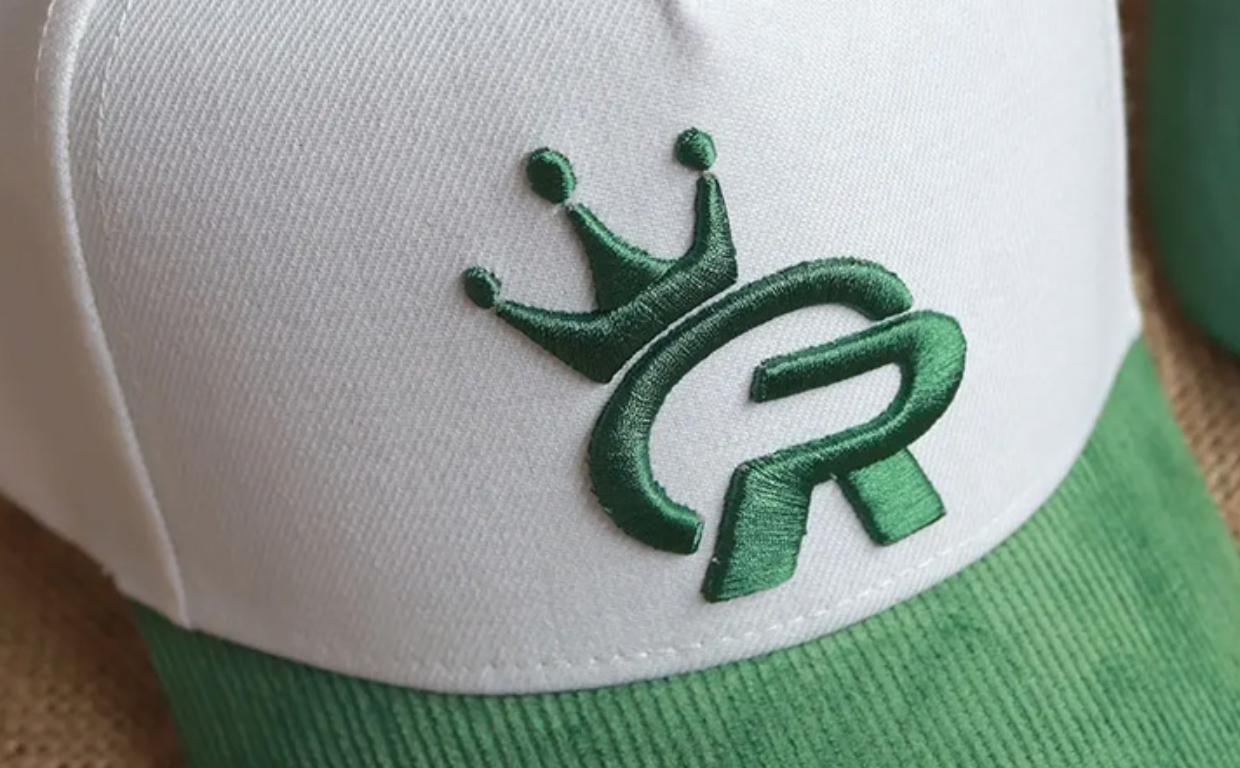3D puff applique embroidery offers a bold, raised effect, but without proper care, its shape may collapse over time. This guide from Mahi Digitizing reveals how to maintain its structure, preserve the foam’s integrity, and ensure long-lasting results in your embroidered designs.
Choose High-Quality Foam Materials
The longevity of a 3D puff embroidery design heavily relies on the foam material used. Low-grade foam may collapse or shrink with heat or pressure.
Using industry-grade foam ensures that the puff stays rigid and keeps its raised effect intact, even after extended wear or washing.
Always source your materials from reputable suppliers who offer foam suitable for machine embroidery and heat resistance.
At Mahi Digitizing, our digitizing process considers foam thickness to keep your design structure firm.
Don’t compromise on foam quality if you want to ensure the finished embroidery holds its shape over time.
Investing in premium foam pays off in durability and professional appearance for both small and large batches.
Use Proper Stitch Density and Coverage
Proper stitch density is crucial for compressing the foam and holding it in place without damaging it. Too little density causes movement, while too much may crush it.
Balancing your stitch settings ensures the foam remains elevated while the design appears crisp and clean.
Digitizing software like Wilcom or Hatch allows for precise control over stitch types and densities tailored to 3D puff work.
You can request custom digitizing from our professional embroidery team for optimal settings.
Always test your design before full production to catch density issues early and make corrections where needed.
A well-optimized stitch path not only holds the foam but also improves wear resistance and visual appeal.
Store and Transport with Care
Finished puff embroidery items must be stored carefully to preserve their 3D shape. Avoid placing heavy items over them or folding them incorrectly.
Use garment bags, boxes, or supportive inserts to prevent pressure that could flatten the puff during transit or storage.
When shipping 3D puff embroidered goods, always instruct carriers to handle packages as fragile and avoid compression.
This approach maintains your branding’s professional look and protects your investment in quality embroidery work.
For businesses, maintaining consistency across your apparel means prioritizing careful packaging in every shipment.
Learn more about maintaining embroidery quality from our team at Mahi Digitizing.
Wash and Dry Using Gentle Methods
Excessive heat, rough cycles, or heavy-duty detergents can collapse the structure of foam used in puff embroidery.
Always wash 3D puff embroidered garments inside-out in cold water and use gentle cycles to minimize abrasion.
Avoid machine drying. Instead, air-dry items on a flat surface or hang them in a shaded, cool area to retain shape.
Steaming is a safer method for removing wrinkles compared to ironing, which can flatten raised sections.
If embroidery is on headwear or jackets, reshape the item gently by hand while drying for best results.
For long-term care, create a cleaning guideline card for customers with custom instructions for 3D puff pieces.
Choose the Right Fabric for Puff Embroidery
Not all fabrics support puff embroidery equally. Choose materials that are sturdy enough to hold the foam without distorting under tension.
Ideal fabrics include denim, twill, caps, canvas, and heavyweight cotton. These fabrics add stability and reduce movement.
Stretchy or thin materials can lead to poor foam compression, wrinkles, or tearing over time during wear and washing.
You can ask your embroidery service provider to assess fabric compatibility during the design consultation phase.
We at Mahi Digitizing recommend materials based on foam height and complexity of design.
Fabric selection significantly affects your design’s durability, presentation, and customer satisfaction.

